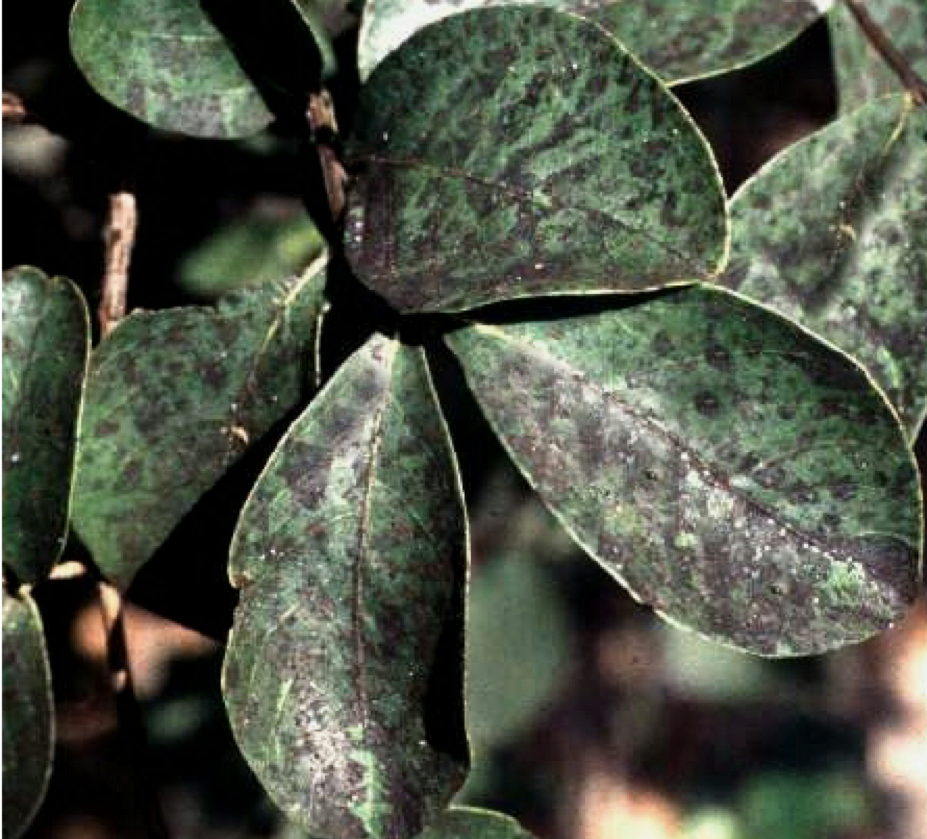Crape Myrtle Disease: Sooty Mold
go.ncsu.edu/readext?715893
en Español / em Português
El inglés es el idioma de control de esta página. En la medida en que haya algún conflicto entre la traducción al inglés y la traducción, el inglés prevalece.
Al hacer clic en el enlace de traducción se activa un servicio de traducción gratuito para convertir la página al español. Al igual que con cualquier traducción por Internet, la conversión no es sensible al contexto y puede que no traduzca el texto en su significado original. NC State Extension no garantiza la exactitud del texto traducido. Por favor, tenga en cuenta que algunas aplicaciones y/o servicios pueden no funcionar como se espera cuando se traducen.
Português
Inglês é o idioma de controle desta página. Na medida que haja algum conflito entre o texto original em Inglês e a tradução, o Inglês prevalece.
Ao clicar no link de tradução, um serviço gratuito de tradução será ativado para converter a página para o Português. Como em qualquer tradução pela internet, a conversão não é sensivel ao contexto e pode não ocorrer a tradução para o significado orginal. O serviço de Extensão da Carolina do Norte (NC State Extension) não garante a exatidão do texto traduzido. Por favor, observe que algumas funções ou serviços podem não funcionar como esperado após a tradução.
English
English is the controlling language of this page. To the extent there is any conflict between the English text and the translation, English controls.
Clicking on the translation link activates a free translation service to convert the page to Spanish. As with any Internet translation, the conversion is not context-sensitive and may not translate the text to its original meaning. NC State Extension does not guarantee the accuracy of the translated text. Please note that some applications and/or services may not function as expected when translated.
Collapse ▲Leaf and stem surfaces are covered with a black sooty substance, causing them to appear black and dirty. Sooty mold indicates that there is an insect problem on the plant. These common molds are caused by fungi that grow on the sugary substance, called honeydew, produced by various insects that suck sap from the plant. Aphids, scales, mealybugs, and whiteflies most commonly cause this problem.
Prevention: Sooty molds are unsightly, but are relatively harmless, since they do not directly attack the plant. Controlling the insect problem can reduce excessive amounts of sooty mold. Reduce aphid numbers by allowing beneficial insects, such as lady beetles, to inhabit the plant. Aphids can be removed from the plant with a strong spray of water.
Treatment: Although not necessary, sooty mold can be washed from the leaves by spraying foliage with a dish soap solution (4 ounces per gallon of water), waiting three to four minutes, and then rinsing the foliage with a strong stream of water.
Pest Management
To treat your plant against these pests, spray the leaves with a solution of either horticultural oil or neem oil. Horticultural oil and neem oil are less toxic pesticides that will rid your plant of heavy infestations. Spray in the early evening after the plant is no longer in direct sunlight. Just like tanning oil, neem and horticultural oil can exaggerate the effects of the sun and you run the risk of sun burning the leaves if you apply in full sun. Depending on the severity of the infestation, repeat applications may need to be made every two weeks or so. Always follow the directions when using any pesticide.
Submitted By: Anass Banna, Smalls Farm Agent





